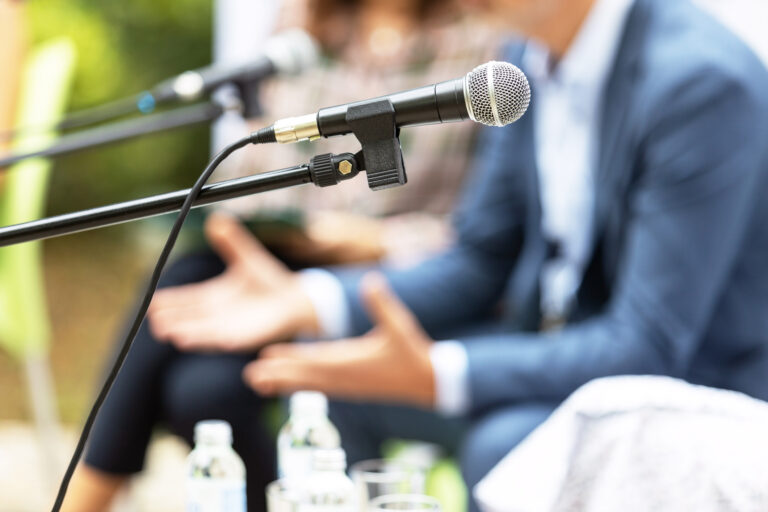
This article was first published in PRWeek.
There is little doubt that seeing MPs and civil servants speak so candidly about deploying scare tactics does not pass ‘the smell test’. It feels like an abuse of power. Casually playing with people’s mental wellbeing when so much is at stake.
And it implies that the audience needs to be manipulated rather than reasoned with. You tell scary stories to kids, not grown-ups.
But once the smell fades, is there an argument in favour of government scare tactics? We all accept that the best communications campaigns evoke an emotional reaction, so why wouldn’t fear – the primal instinct that has helped keep humans alive all these years – be deployed in healthcare communications, particularly during a pandemic?
Behavioural science tells us that fear can be effective. Anti-smoking campaigns have consistently used graphic imagery of corpses, clotted arteries and orphaned children but, in doing so, delivered falling smoker rates.
When HIV rates began to creep up in the 2010s, New York City’s hard-hitting ‘It’s never just HIV’ campaign was accused of stigmatising under-represented groups – but was also credited with uprooting a culture of HIV complacency that had grown following improving treatment outcomes.
However, fear has its limits. As neuroscientist Dr Tali Sharot says, positive messages are more effective at encouraging action in most circumstances: “Hope to spur, fear to deter.”
So, while shocking can work for stopping smoking, it works less for starting exercise.
Fear also fails if you use it to address problems too far in advance. From ignoring pension advice to not fixing a squeaky shelf, ‘not a now problem’ is a mindset that humans too readily adopt.
Scaring must also be sparing. There is a reason Paranormal Activity got worse with every new iteration – if you’re expecting a jump scare, you don’t jump.
But perhaps most pertinently in this case, fear works best if your audience is both already fearful and trusts you as the authority to scare them. This is where the lasting damage may have been done by last weekend’s leaks.
At the time, fear was high, but trust in the Government was also high. Fearful because we had seen COVID-19 rip through Italy, India and care homes, but trusting that we were following the science. There was a genuine consensus that people were doing their best in unprecedented times.
Fast forward to now and a series of scandals – several involving dishonesty – have contributed to an environment where people on both the left and the right are increasingly suspicious of the Government, the media, business and other institutions.
That the Government was willing to use scare tactics is one thing, but when you also see evidence that they were not always following the science, distrust could become disbelief.
Hopeful communications will always be preferred, but – in very specific circumstances – it is inarguable that fear has a powerful role in healthcare communications.
With trust so significantly eroded, will governments ever be able to scare us again?
Written by Greg Double, Creative Director for Mischief and Kate Harrison, Head of Health, MHP Group.